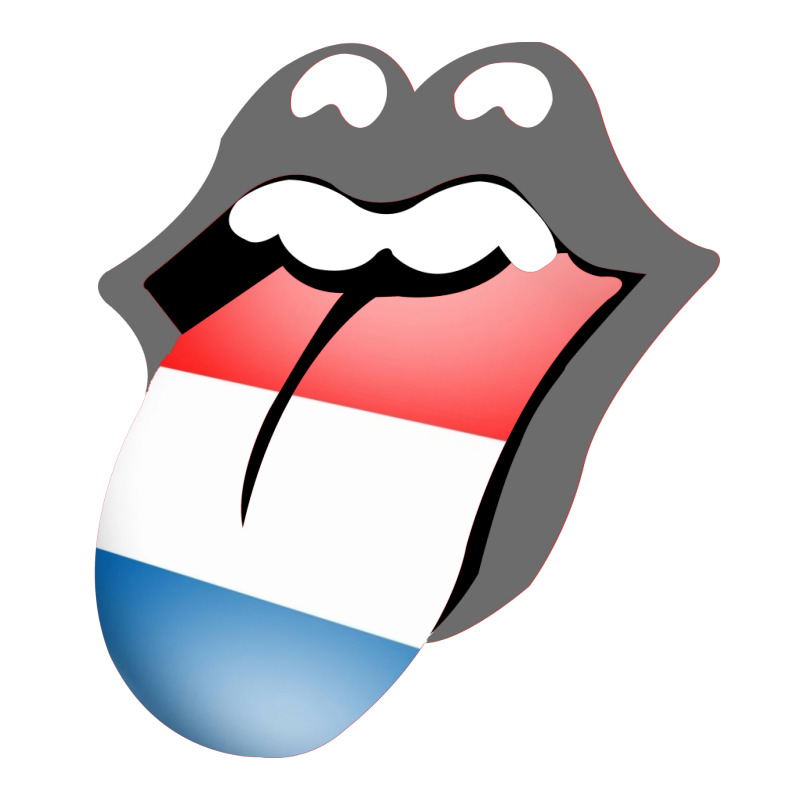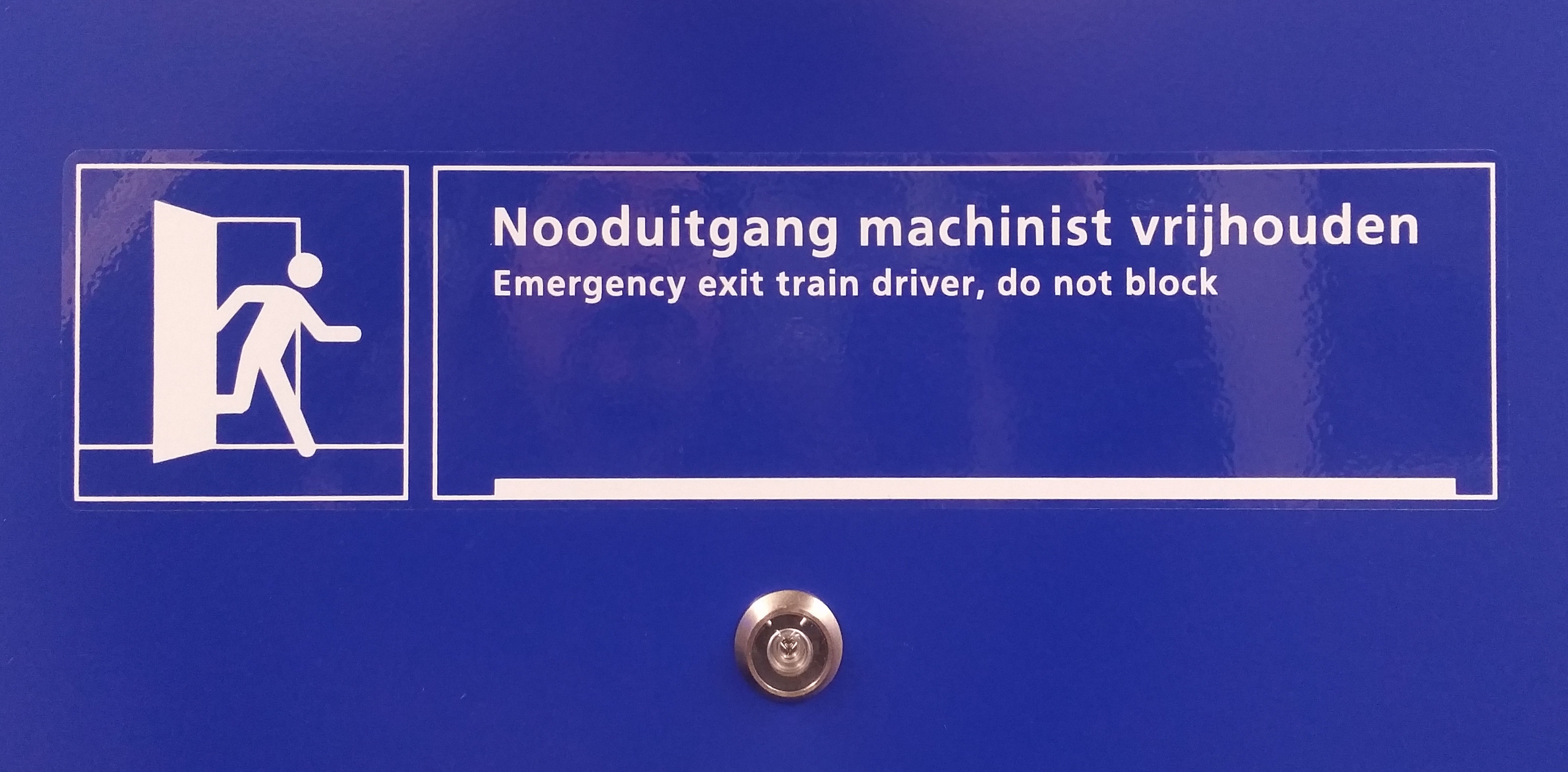
The Dutch rank #1 in the world1 in English-as-a-foreign language proficiency; however, there are certain mistakes that they are somewhat prone to make in their use of English, due to interference from peculiarities of the Dutch language. When this happens, it is known as Dutchlish.
Here is a collection of examples of Dutchlish that I have collected over the course of several years of living in The Netherlands.
I will learn you how to skate.
Learn instead of teach, from Dutch leren, which means either learn or teach, depending on context.
When you want, we also have it in white.
When instead of if, apparently because mixing als (=if) with waneer (=when) is also a common mistake in Dutch.
Let’s meet at sex.
Sex instead of six, from Dutch zes, which means six.
Dear colleagues, hereby the schedule.
Hereby instead of Here is or Hereby I give you.
We have lot’s of bicycle’s
In the written word, genitive instead of plural suffix, because that is how the plural suffix with -s is written in Dutch.
Meet you at the busstop
In the written word, concatenating words that are not normally concatenated in English. I swear sometimes I can even tell when they do it in the spoken word, or maybe I am just imagining it.
Let’s have a telco
Telco instead of teleconference. In the English-speaking world, telco would perhaps stand for telecommunications corporation.
Emergency exit train driver
Object-adjective instead of adjective-object.

|
|---|
| A sign that can be seen in virtually every single train in the entire little Kingdom of The Netherlands. The Dutch text urges us to keep the emergency exit of the train driver unobstructed. The English translation urges us to not block the driver of the emergency exit train. |
I am a cineville
In the written word, spelling cineville instead of cinephile. This word has been long established in the Dutch language, but I cannot help but suspect that it must have originated as a spelling mistake.
How long are you?
Long instead of tall, from Dutch lang, which actually means long, but for some reason that’s the word they use when they speak of a person’s height. They also have hoog, which means high, but they do not use it for people.
Let’s make a photo
Make instead of take for photos, from Dutch foto maken.
Can I lend your hat?
Lend instead of borrow, from Dutch lenen which means either lend or borrow, depending on context.
You want just the bread?
Bread instead of Hamburger. No, the McDonald’s employee is not seriously considering that you might want nothing but a plain bread bun; they are asking whether you are interested in the combo consisting of hamburger plus fries plus drink, or just the hamburger. Because in Dutch, every edible item that is served on bread is called broodje, which means bread.
Fodavone
Dutch pronunciation rules cause some really weird artifacts in the spoken word, for example when you call Vodafone in The Netherlands, the recorded greeting informs you that you have reached “Fodavone”.
Cover image: “Dutch Tongue” by michael.gr, based on the logo of The Rolling Stones and the flag of The Netherlands.
-
English-as-a-second-language proficiency world-wide top rank: See https://www.ef.nl/epi/ ↩︎